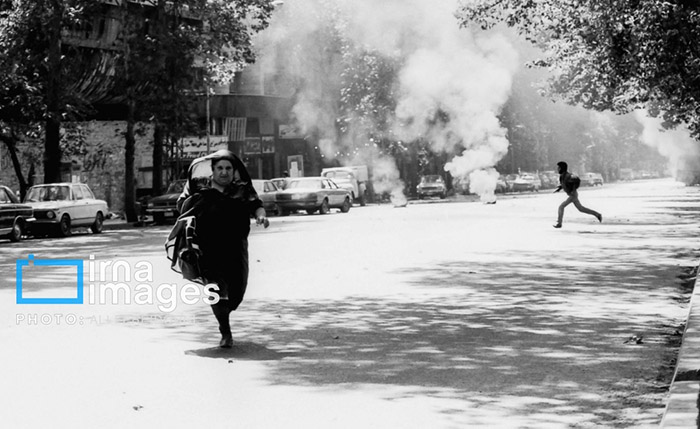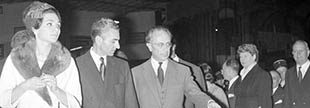The MEK, seeing the potential for the Islamic Republic to consolidate its power and emerge victorious in the war, sought to disrupt this momentum by carrying out a large-scale terrorist attack in Tehran. This attack was intended to sow fear among the Iranian population, weaken the government’s resolve, and shift attention away from the war effort.
The MEK’s increasingly violent tactics during this period were also influenced by its evolving relationship with Iraq. By the mid-1980s, the MEK had formed an alliance with Saddam Hussein, who saw the organization as a useful tool in his war against Iran. The MEK established bases in Iraq and began receiving military and financial support from Saddam’s regime, further entrenching the group’s role as a mercenary force in the Iran-Iraq conflict.
The MEK’s Terrorist Legacy
The terrorist attack on Mehr 5, 1360, was one of the many acts of violence perpetrated by the MEK during the early years of the Islamic Republic. Over the course of the 1980s, the organization carried out numerous assassinations, bombings, and armed assaults, targeting both government officials and civilians. The MEK’s actions earned it widespread condemnation both within Iran and internationally.

